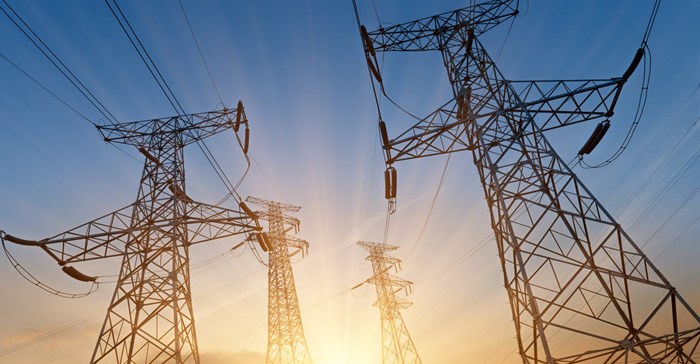Drastic increases in electricity prices and unreliable electricity supply due to load shedding over more than a decade has done irreparable harm to South Africa's economic and development performance and aspirations, and have had a major impact on the mining industry. Estimates indicate that in 2020 alone, load-shedding cost the economy between R80bn and R160bn and continues to impede the economy.

Image source: Getty/Gallo
If South Africa’s economy is to recover from the pre-Covid fiscal crisis and the pandemic, security of electricity supply must be established to enable recovery and growth, protect jobs, create new employment opportunities and grow investment. This is recognised by the energy security measures included in the National Economic Reconstruction and Recovery Plan.
The Minerals Council South Africa supports further meaningful amendments to Schedule 2 of the Electricity and Registration Act, 2006 (ERA) to enable additional electricity generation to improve energy security and, ultimately, foster economic recovery and growth.
“In particular, we support the proposal to increase the Schedule 2 licence cap from 10MW to 50MW. A limitation of 10MW may unlock embedded generation for commercial operations, but it will not enable investment in larger self-generation projects for larger industrial or mining operations.
"A cap of 50MW will allow for more than 5,000MW of new mostly renewable electricity generation to be unlocked through investment by the private sector. This electricity will not compete with Eskom, but will provide desperately needed supplementary supply that will help stabilise the grid and enable the economy to resume a higher level of growth," says Minerals Council CEO, Roger Baxter.
It is critically important for all South Africans to realise that one of the critical binding constraints to higher investment and economic growth is that Eskom simply does not have enough reliable electricity generation capacity to keep the lights on, let alone the extra electricity supply needed to support higher economic growth.
"Unlocking 5GW of new electricity supply capacity will not cost the government a cent and will protect up to 80,000 jobs, create up to 70,000 additional jobs, and unlock up to R150 billion in capital investment across the economy. This will go a long way towards easing existing electricity supply constraints in South Africa and unlocking further potential.“For larger industrial and mining operations, the need to wheel power to capture economies of scale with larger, more cost-effective projects will become increasingly critical. And, if enabled, this could unlock further opportunities for economic and socio-economic growth and development," he says.
“The availability of secure, reliable and affordable energy supply underpins economic growth and prosperity the world over. We recognise that progress has been made in our discussions with Department of Mineral Resources and Energy, director general Thabo Mokoena and his team and with the Eskom leadership team to unlock the regulatory environment, enable the faster processing of regulatory, wheeling and grid-tie arrangements, but further work still needs to be done. In particular, smaller generation plants should be subject to what we call “Regulatory-Lite” to reduce the red tape applicable.
"In addition, the point of source or grid connection process with Eskom can be streamlined as can the time it takes for a National Energy Regulator of South Africa (Nersa) generating licence to be finalised. Eskom’s senior management have already allocated a senior manager to deal with these issues.
“If we are to succeed in improving our country’s economic prospects and improve the lives of South Africans, we must implement further reforms based on the most practical, fastest, lowest-cost, and lowest-risk option for security of supply, which remains embedded electricity generation,” Baxter says.




















































